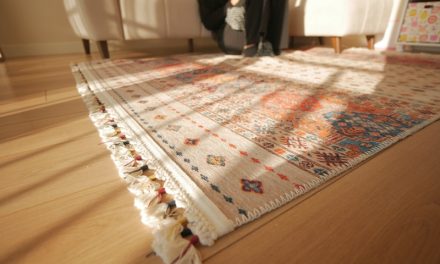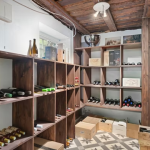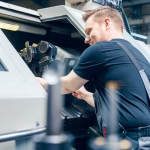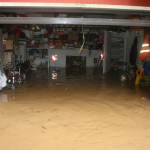Clearing the Clutter: How Professional Services Make Life Easier

Moving house or tackling a big clean-out can feel like a maze of decisions. What to keep, how to move it, where to take the rest, and how to do it all without blowing the budget or the weekend are common questions. Across Australia, a mix of trusted providers can simplify every step, from careful packing to responsible disposal. With a little planning, you can protect your belongings, reduce environmental impact and keep the project on schedule. The key is choosing the right help at the right time, then coordinating it so the work flows smoothly from doorstep to drop-off.
Moving House With Confidence
When it’s time to change address, residential removalists bring practical know-how that turns a stressful day into a managed operation. They understand access issues, from narrow terraces to high-rise lifts, and they plan around them so nothing gets stuck on the stairwell. Quality teams supply protective materials, secure loads to avoid shifting in transit and map routes that account for traffic or roadworks. They also offer clear timelines, which helps you book cleaners, pets or child care and arrange handover with your agent. Insurance options and inventory lists provide added assurance if you’re worried about fragile pieces or heirlooms. Just as importantly, good communication keeps you informed, which means fewer surprises and a safer, faster move from the old place to the new.
Keeping Materials in Circulation
Once the dust settles, many households discover a stack of items that no longer fit the space or lifestyle, which is where a recycling company can make a measurable difference. Rather than sending everything to landfill, these specialists separate materials so glass, metal, paper, plastics and e-waste can be processed and returned to use. Clear labelling and pre-sort tips help reduce contamination, which keeps more material in the circular economy and less at the tip. Some providers run collection points for batteries or small appliances, while others partner with charities to redirect usable goods to community programs. This focus on recovery supports local jobs, lowers emissions linked to raw material extraction and helps households meet council expectations for responsible disposal. With one well-timed drop-off or pick-up, you can clear space while doing the right thing for the environment.
Right-Sized Waste Solutions For Projects
Big projects like renovations, garden overhauls or end-of-lease clean-ups produce waste in bursts, which is why many Australians turn to skip bins services for a tidy, time-saving solution. Booking the right size up front avoids multiple trips to the resource recovery centre and keeps your driveway or nature strip clear of loose piles. Providers explain what can and can’t go in the bin, which helps you avoid contamination fees and keeps workers designed with safety in mind when lifting or sorting. If access is tight, they’ll advise on placement, boards to protect paving and whether a council permit is needed for kerbside set-downs. Fixed hire windows keep costs predictable, while early collections or extensions can usually be arranged if your schedule shifts. By consolidating debris in one secure container, you maintain a safer work area, wrap the job faster and hand back a clean site without the mess.
In the end, coordination is everything. Line up move day, material drop-offs and bin hire so each step supports the next, then confirm details the day before to avoid last-minute scrambles. Keep essential items like medications, chargers and paperwork with you rather than on the truck. Photograph electronics before unplugging them so re-connection is straightforward. Label boxes on the side, not the top, to make stacking easier and identification faster. Small habits like these compound across the day and can be the difference between a scramble and a smooth landing in your new space.
A mindful approach to disposal also pays off. Before anything goes out the door, consider whether it can be repaired, donated or repurposed. Many community groups welcome furniture in good condition, schools often take art or craft materials and tool libraries accept duplicates that still have life in them. Prioritising reuse reduces the volume you need to haul or bin, which lowers the project footprint and keeps rooms clearer for unpacking. It also means you’re spending resources where they matter, like protecting delicate items or securing heavy loads so no one gets hurt.
Clear communication with your chosen providers keeps everything aligned. Share photos of access points, note any stairs or low eaves and flag time restrictions from building managers. Confirm operating hours for drop-offs and ask about surcharges for after-hours work so you’re not caught out. If the weather looks wild, have a plan for covers or delays, then check again in the morning to adjust as needed.
Finally, think ahead to your first 48 hours in the new place. Pack a basics box with bedding, toiletries, a kettle, a small toolkit and a few cleaning essentials so you can settle in without rummaging. Schedule waste removal soon after unpacking, while momentum is high and before boxes start to linger. With these finishing touches, you’ll close the loop on the move and start enjoying your home sooner.






























